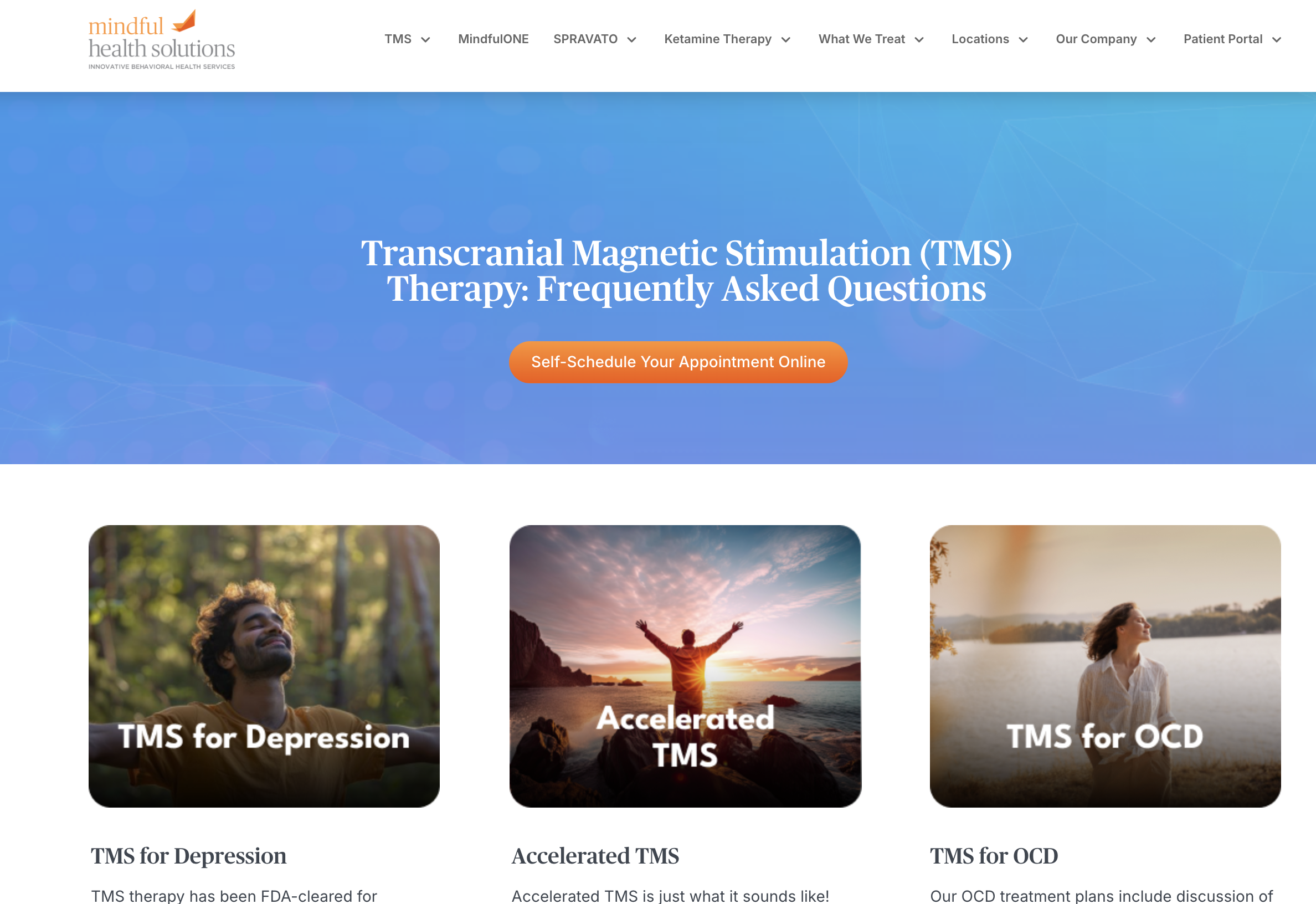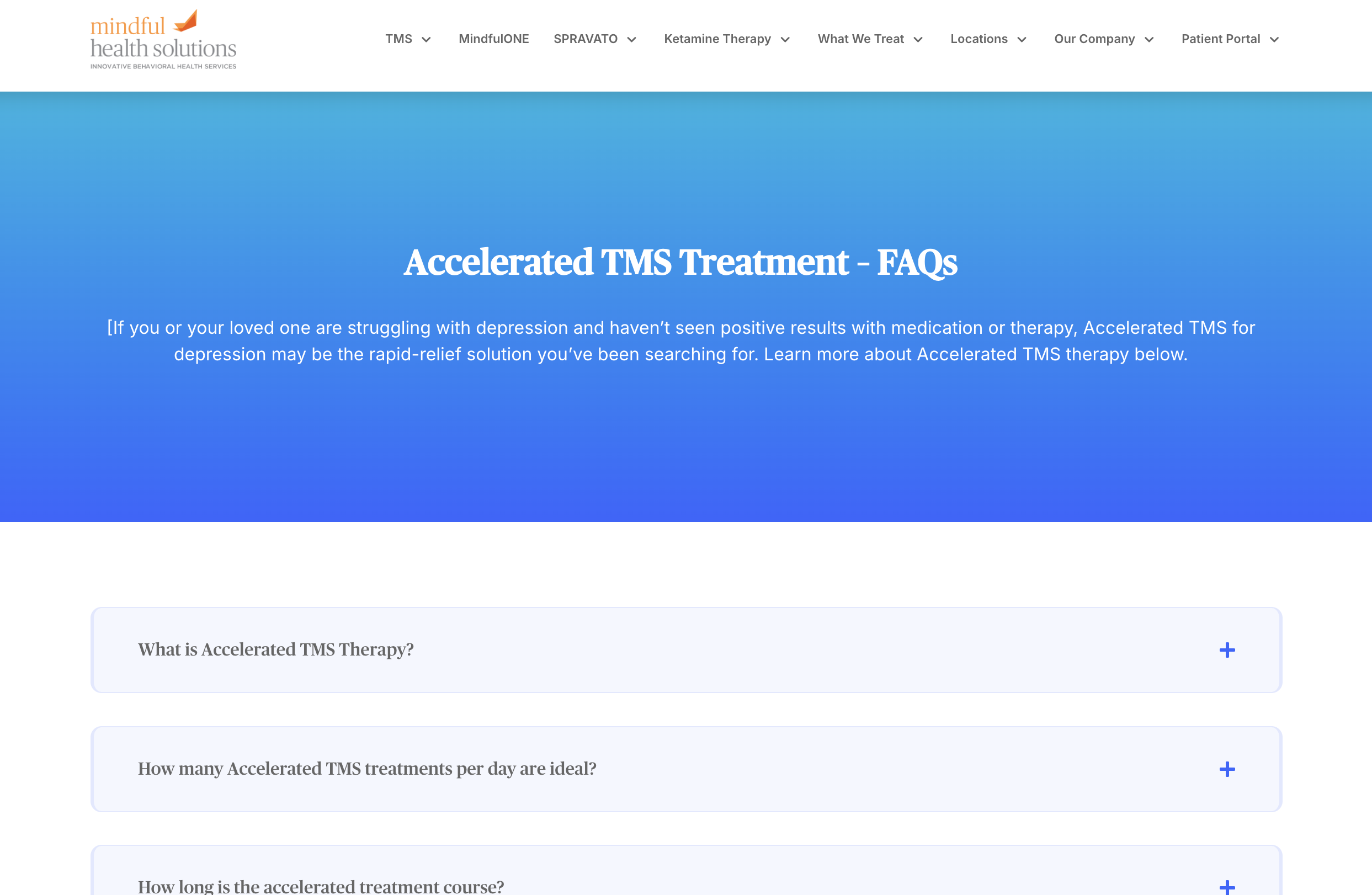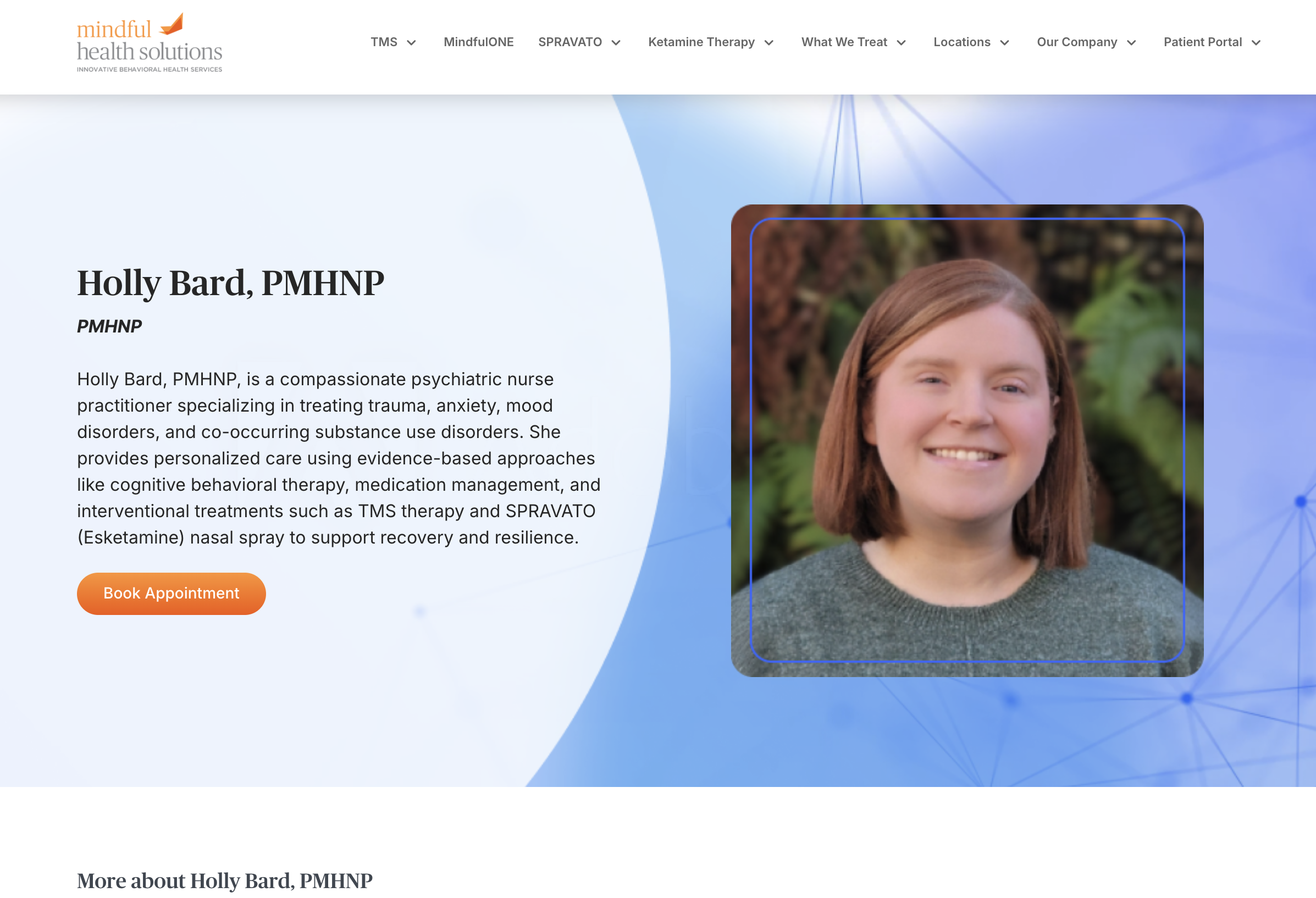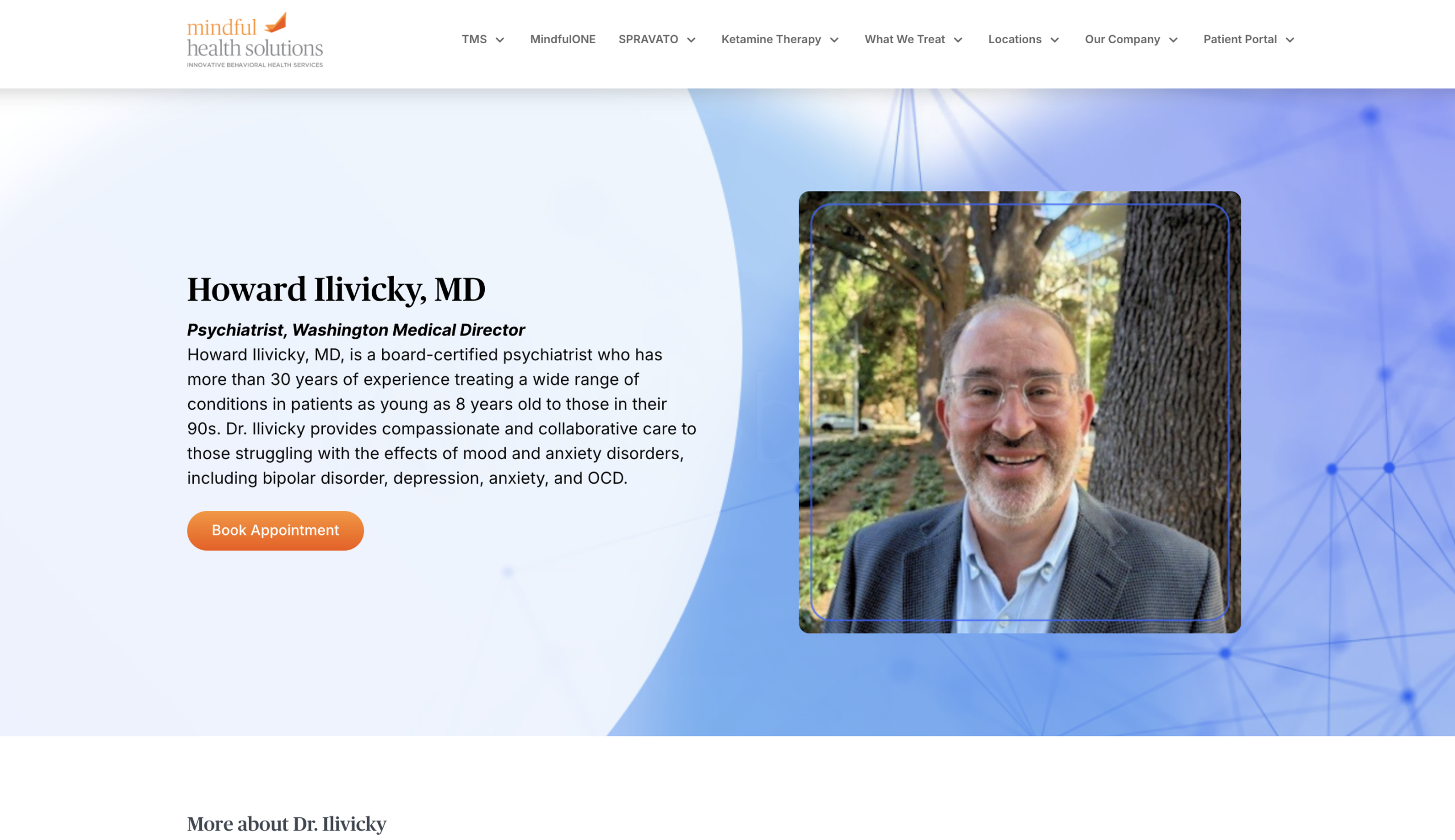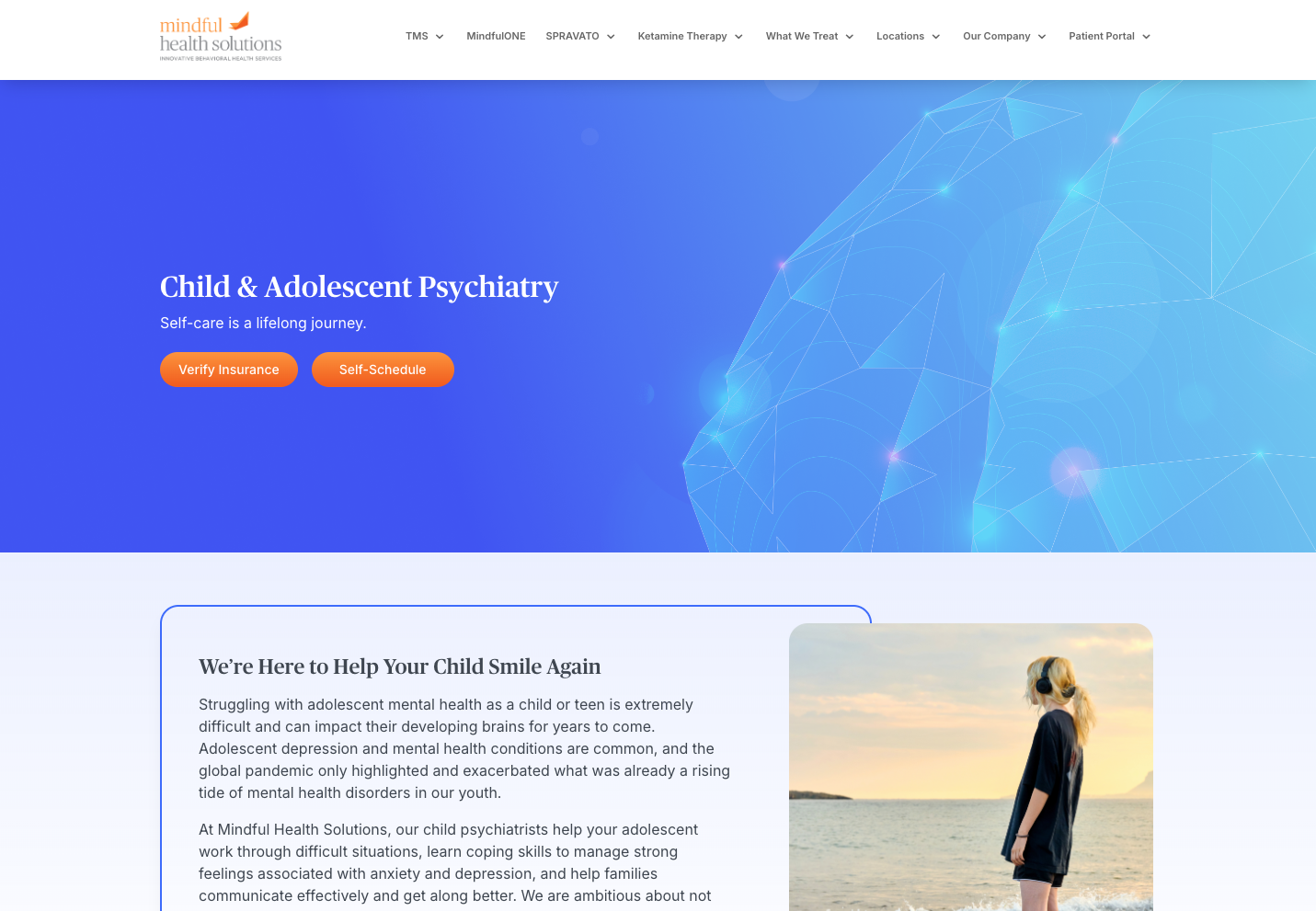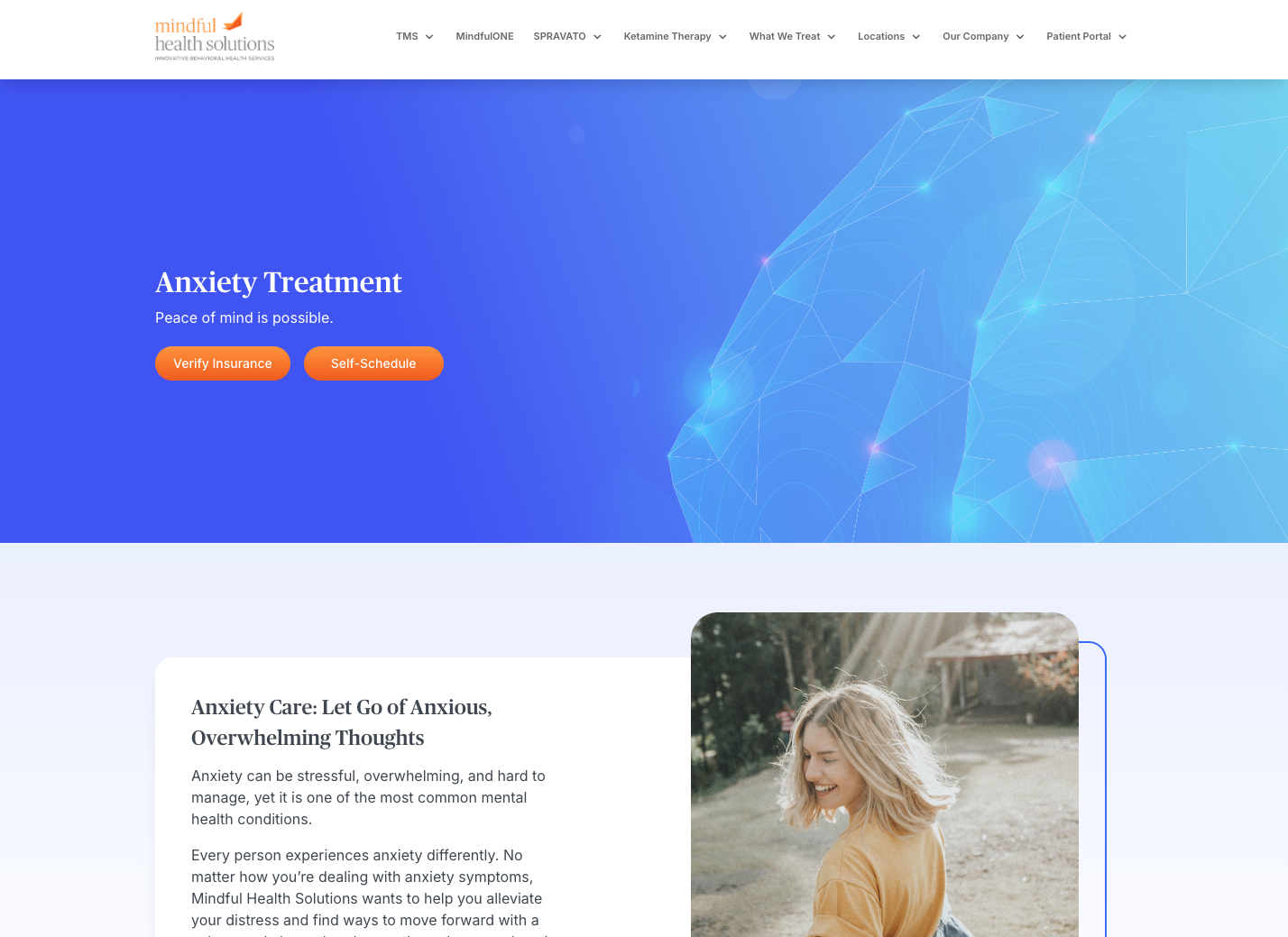Rest is essential for our overall health and well-being, but it is not just about getting enough sleep at night. There are seven types of rest that we need to maintain our emotional, physical, and spiritual balance. In this article, we will explore each type of rest in more detail and learn how to incorporate them into our daily routines.
What are the 7 Types of Rest?
Before diving into the seven types of rest, let’s talk about what rest is and why there are seven types. Rest is a state of physical, emotional, and mental relaxation that allows our bodies and minds to recover from the stress of daily life. It is essential for our overall health and well-being, and it is just as important as diet and exercise.
However, rest is not a one-size-fits-all solution. According to Dr. Saundra Dalton-Smith, author of Sacred Rest: Recover Your Life, Renew Your Energy, Restore Your Sanity, there are different types of rest that our bodies and minds need to function properly. Each type serves a unique purpose and helps us recharge and restore our energy levels. Understanding the seven types can help us create a more balanced and fulfilling life.
The seven types of rest are physical, mental, emotional, sensory, creative, social, and spiritual. Each type focuses on a different aspect of our lives. By understanding the different types, we can identify areas of our lives where we need to focus on rest and prioritize our self-care accordingly.
1. Physical Rest:
Physical rest means taking a break from the physical activities that we do all day. We often think of rest as just lying down or sitting, but it can also include activities like:
- stretching
- taking a nap
- getting a massage
- taking short breaks
- going for a walk
When we rest physically, we give our muscles time to repair and recover, which helps us avoid injuries and reduces fatigue.
2. Mental Rest:
Mental rest means taking a break from the constant mental stimulation that we face every day. We live in a world that is always on, and it can be challenging to unplug and give our brains a break. Mental rest can include activities like:
- turning off your phone
- avoiding social media
- practicing meditation
When we rest mentally, we give our brains time to recharge and process information, which helps us stay focused, productive, and alert. Ways to incorporate mental rest into your routine include setting aside a few minutes of quiet time each day, practicing mindfulness, or simply taking a few deep breaths.
How to set up healthy social media boundaries.
3. Emotional Rest:
Emotional rest means taking a break from the emotional demands that we face every day. It can include activities like:
- spending time alone
- avoiding stressful situations
- talking to a trusted friend
- practicing self-care
- journaling
- spending time in nature
When we rest emotionally, we give ourselves time to process our feelings, which helps us maintain our emotional balance and avoid burnout. Emotional rest can be especially challenging because we often feel guilty for taking time for ourselves. However, it is essential to remember that taking care of ourselves is not selfish.
Get 20 free journaling prompts that focus on mental health!
4. Sensory Rest:
Sensory rest means taking a break from the constant sensory input that we face every day. We are bombarded with noise, light, and other stimuli all the time, and it can be overwhelming. Sensory rest can include activities like:
- turning off the TV
- closing your eyes
- spending time in a quiet room
- taking a bath
- listening to calming music
- practicing deep breathing
When we rest our senses, we give our bodies time to recover from the overstimulation that we experience, which helps us avoid sensory overload and reduce stress.
5. Creative Rest:
Creative rest means taking a break from the constant creative demands that we face every day. We often feel like we need to be constantly producing and creating, but this can be exhausting. Creative rest can include activities like:
- taking a break from work
- pursuing a hobby
- engaging in a creative activity that you enjoy (such as drawing, painting, knitting, cooking, etc.)
When we rest creatively, we give our minds time to explore new ideas, which helps us stay inspired and motivated.
How to avoid workplace burnout.
6. Social Rest:
Social rest means taking a break from the social interactions that we face every day. We are social creatures, but socializing can be draining, especially for introverts. Social rest can include activities like:
- spending time alone
- avoiding social situations
- spending time with close friends and family
- having a solo picnic, hike, or lunch
- practicing self-care
When we rest socially, we give ourselves time to recharge and maintain our emotional boundaries, which helps us avoid social burnout and stay connected with others.
7. Spiritual Rest:
Spiritual rest means taking a break from the spiritual demands that we face every day. It can include activities like:
- meditating
- praying
- engaging in a spiritual practice that you enjoy
- spending time in nature
- practicing yoga
- volunteering for a cause that you care about
When we rest spiritually, we give ourselves time to connect with our inner selves and find meaning in our lives, which helps us stay grounded and fulfilled.
Incorporating the 7 Types of Rest into Your Life
Incorporating all seven types of rest into your life may seem daunting, but it is essential for your overall well-being. Here are some tips on how to incorporate these seven types of rest into your life:
- Schedule it in: Make rest a priority in your life by scheduling time for each type of rest. Just like you schedule time for work or exercise, schedule time for rest.
- Be intentional: Be intentional about the type of rest you choose and make sure it aligns with what your body and mind need.
- Take breaks: Take short breaks throughout the day to rest your body and mind. Go for a short walk, meditate, or just take a few deep breaths.
- Set boundaries: Set boundaries around your time and energy. Learn to say no when you need to, and don’t be afraid to ask for help when you need it.
- Disconnect: Disconnect from technology and social media regularly to give your mind a break from constant stimulation.
- Experiment: Experiment with different types of rest and find what works for you. Everyone’s needs are different, so find what brings you peace and incorporate it into your routine.
- Make it a habit: Make rest a habit in your life. Incorporate it into your daily routine and make it a part of your self-care practice.
Remember, rest is essential for your overall health and well-being. Incorporating all seven types of rest into your life may take time, but it is worth it. By prioritizing rest, you will be able to live a more balanced and fulfilling life. So take a break, relax, and give your body and mind the rest they deserve. Embracing all seven types of rest is a lifelong practice that can help us live healthier, happier, and more fulfilling lives. So, take a break, and rest up!
If you’d like support on incorporating rest into your life, therapy can help! Call or text us today at 844-867-8444 to learn how we can support you.


